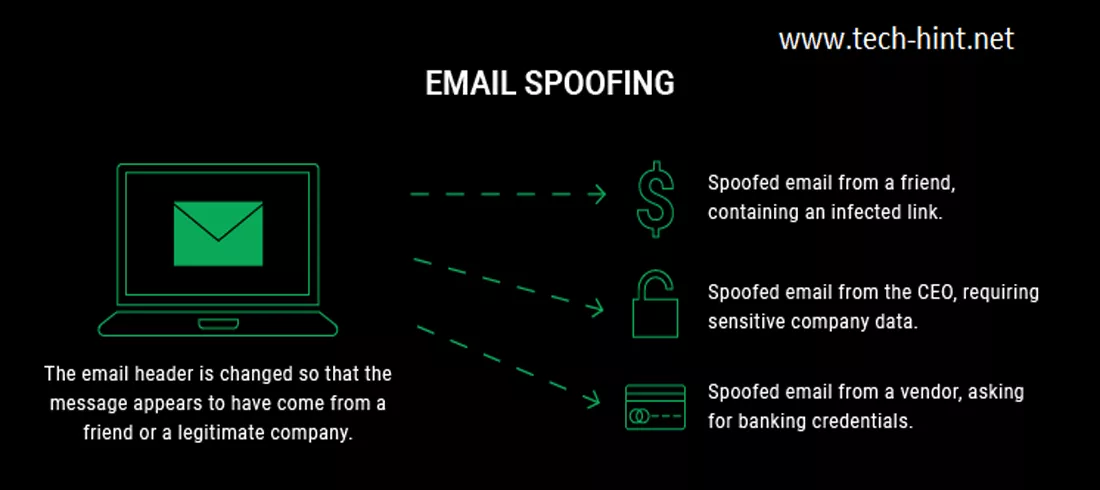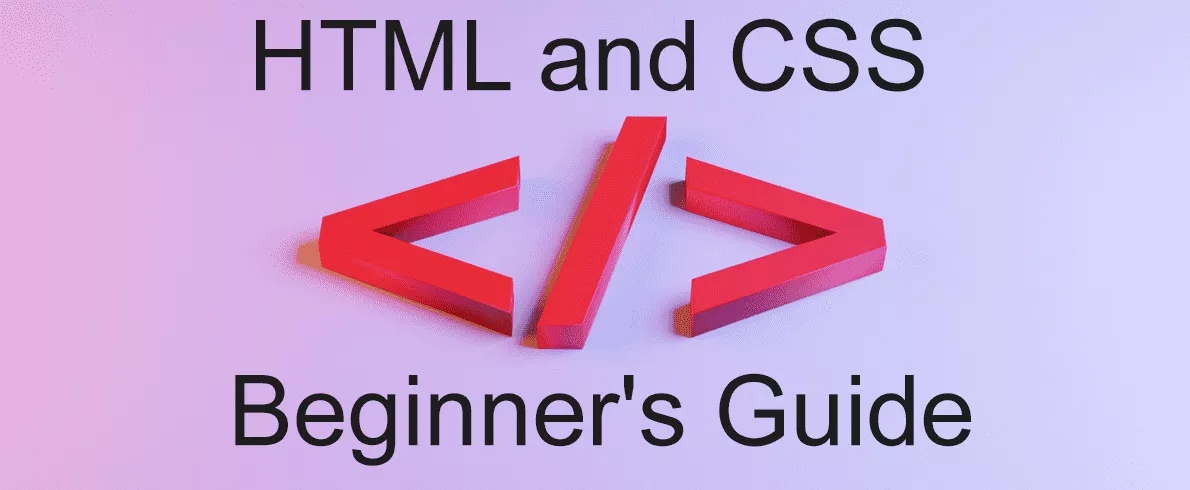PHP for Beginners: Master the Essentials of Dynamic Web Development
Author: Blessing I. Paul
Last Update On: 22-Jul-2023 07:56:37am
Category: Digital/Internet Marketing, Technology
Topic: PHP, Tutorials, Web Development

Master the essentials of PHP programming with our comprehensive beginner's guide. Learn how to use variables, functions, and control structures to create dynamic web applications. Start your journey to becoming a proficient PHP developer today!
PHP (Hypertext Preprocessor) is a popular server-side scripting language used for web development. It allows you to create dynamic web pages by embedding PHP code within HTML. The PHP code is executed on the server before the page is sent to the client's browser, enabling you to generate dynamic content, interact with databases, handle forms, and perform various server-side tasks.
To get started with PHP, you'll need to set up a local development environment. One commonly used option is XAMPP, which includes PHP, Apache (web server), and MySQL (database). Alternatively, you can use online development environments or hosting providers that support PHP.
The official download website for XAMPP is: https://www.apachefriends.org/index.html
On this website, you will find the latest version of XAMPP available for download. The website provides different versions for various operating systems, including Windows, macOS, and Linux. You can choose the appropriate version based on your operating system and requirements.
It is recommended to download XAMPP from the official website to ensure that you are getting the authentic and up-to-date version of the software.
Basic PHP Syntax
PHP code is enclosed within tags. Statements within PHP end with a semicolon (;). Let's start with a basic example
<?php
// This is a PHP comment
// Displaying output
echo "Hello, World!"; // Output: Hello, World!
?>
Variables
Variables in PHP are represented by a dollar sign ($) followed by the variable name. They can hold various types of data such as strings, integers, floats, booleans, arrays, and objects. Variables do not require explicit declaration and their data type can change dynamically. Here's an example:
<?php
// Variable assignment
$name = "John Doe";
$age = 25;
$price = 10.99;
$isEmployed = true;
// Variable usage
echo "My name is " . $name . " and I am " . $age . " years old.";
// Modifying variable values
$age += 5;
$isEmployed = false;
// Output updated values
echo "After 5 years, I will be " . $age . " years old.";
?>
Data Types and Operators
PHP supports various data types, including strings, integers, floats, booleans, arrays, and more. It also provides numerous operators for manipulating and comparing values.
<?php
// Data types
$string = "Hello";
$integer = 42;
$float = 3.14;
$boolean = true;
$array = [1, 2, 3];
// Arithmetic operators
$result = $integer + $float;
$result -= 2;
// Comparison operators
$isEqual = $integer == $float;
$isGreater = $integer > $float;
// Logical operators
$isTrue = $boolean && ($result > 0);
$isFalse = !$boolean;
// Output
echo $string . " World!";
echo "The result is: " . $result;
echo $isEqual ? "Equal" : "Not Equal";
?>
Control Structures
PHP provides control structures that allow you to control the flow of execution based on specific conditions or iterate over a set of values.
<?php
// If-else statement
$age = 18;
if ($age >= 18) {
echo "You are eligible to vote.";
} else {
echo "You are not eligible to vote yet.";
}
// Looping - for loop
for ($i = 1; $i <= 5; $i++) {
echo "Iteration: " . $i . "<br>";
}
// Looping - while loop
$num = 1;
while ($num <= 5) {
echo "Number: " . $num . "<br>";
$num++;
}
// Switch statement
$dayOfWeek = 3;
switch ($dayOfWeek) {
case 1:
echo "Monday";
break;
case 2:
echo "Tuesday";
break;
case 3:
echo "Wednesday";
break;
default:
echo "Invalid day";
break;
}
?>
Functions
Functions are reusable blocks of code that perform specific tasks. PHP provides built-in functions, and you can also define your own custom functions.
<?php
// Built-in function
$date = date("Y-m-d");
echo "Today's date: " . $date;
// Custom function
function greet($name) {
echo "Hello, " . $name . "!";
}
greet("John");
?>
Working with Forms and User Input
PHP is commonly used for processing form data submitted by users. Let's see an example of handling form input and validating the data:
<!DOCTYPE html>
<html>
<head>
<title>Form Example</title>
</head>
<body>
<form method="POST" action="process.php">
<label for="name">Name:</label>
<input type="text" name="name" id="name" required>
<label for="email">Email:</label>
<input type="email" name="email" id="email" required>
<input type="submit" value="Submit">
</form>
</body>
</html>
<?php
// process.php
if ($_SERVER["REQUEST_METHOD"] == "POST") {
$name = $_POST["name"];
$email = $_POST["email"];
// Validate and process the data
// ...
echo "Thank you, " . $name . "! Your email is " . $email . ".";
}
?>
This guide has provided you with a solid foundation in PHP programming. You've learned the basics of variables, functions, control structures, and other fundamental concepts.
Keep in mind that this is just the beginning of your PHP journey, and there's so much more to explore and learn.
To stay updated with new PHP topics and expand your knowledge further, I encourage you to like, share, and subscribe to our platform. By doing so, you'll gain access to a wealth of valuable resources, tutorials, and upcoming articles on PHP and related web development topics.
Stay curious, keep practicing, and embrace the exciting world of PHP programming. Together, let's embark on this coding adventure!
Post Tags
Please like and share our post on:
Comment section is On for this post
About Author
Blessing Ikechukwu, Paul, is the CEO/Manager of Blomset Drive Technologies, also the founder of this website (www.tech-hint.net).
He's a full stack web developer, digital marketing consultant & SEO analyst, computer security personnel and more, with more than 7+ years' experience. For hire you can contact him. You can check more of his blog post. Follow him on LinkedIn, Twitter and Facebook.
Related Post
Tech Jobs in Demand: The Top 8 Tech Jobs
Tech Jobs in Demand: The Top 8 Tech JobsRead More »»
- 3 years ago
- by Trinity Olasehinde
1.1K | 0 | 0
The Dropshipping Method: Achieving Online Success Without Inventory
The Dropshipping Method: Achieving Online Success Without InventoryRead More »»
- 3 years ago
- by Trinity Olasehinde
844 | 0 | 1
How to Check If a Domain Can Be Spoof
How to Check If a Domain Can Be SpoofRead More »»
- 3 years ago
- by Blessing I. Paul
1.1K | 2 | 1
Web Scraping with Scrapy: How to Find Pages with Specific Keywords Using Python
Web Scraping with Scrapy: How to Find Pages with Specific Keywords Using PythonRead More »»
- a year ago
- by Blessing I. Paul
1.4K | 1 | 2
Total Comment: ()
Drop a comment below:
- Categories
- Entertainment
- Fashion and Beauty
- Food and Recipes
- Health and Wellness
- Lifestyle
- Parenting
- Personal Finance
- Relationship Tips
- Sports
- Technology
- Travel & Leisure














